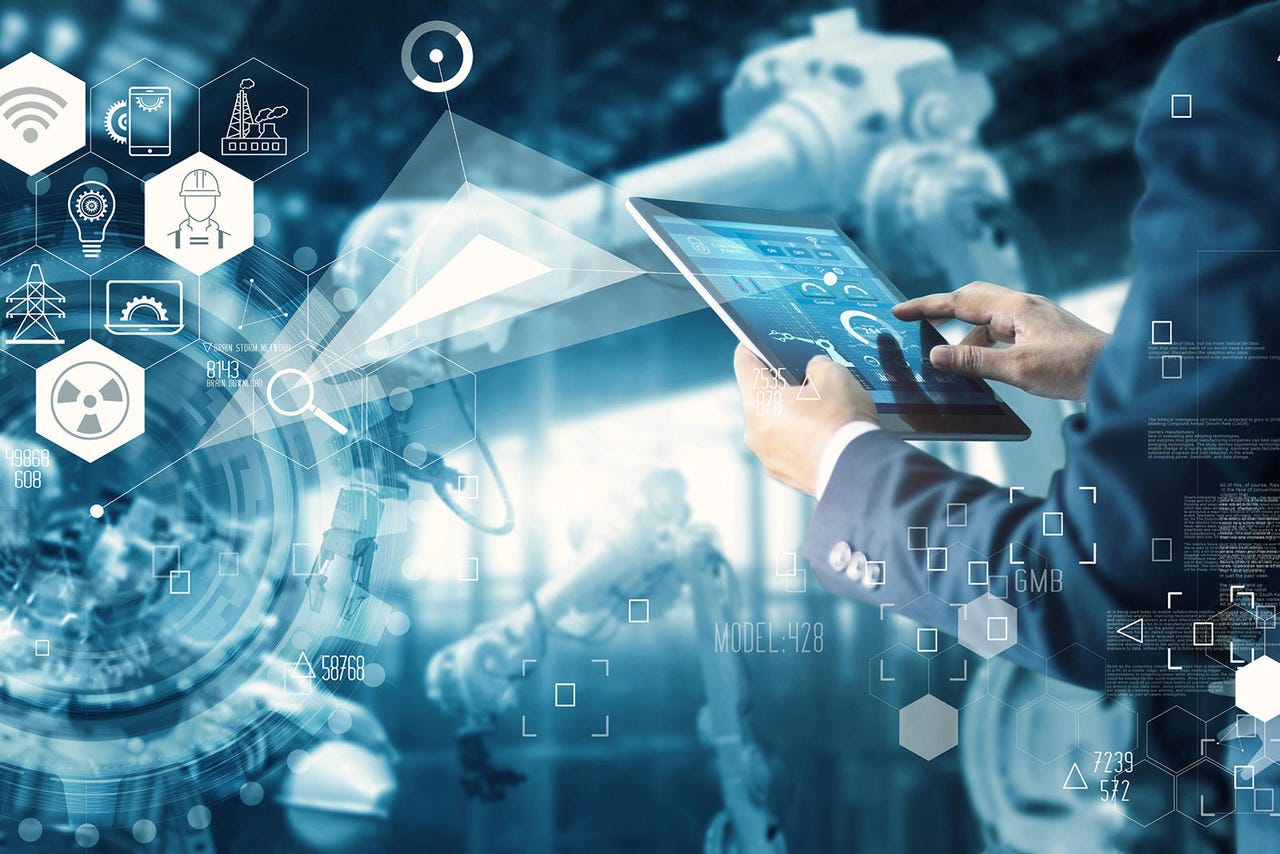Is Tim Cook the Steve Ballmer of Apple? A Cautionary Tale of Missed Tech Waves
How BYD Is Beating Tesla at Its Own Game
A 2T Cut
Musk’s Management
Earth To Earth Rocketry + Hyperloop: Earth Before Mars
As Tesla faces mounting competition in the electric vehicle (EV) market, particularly from Chinese automaker BYD, the company is shifting its focus toward robotics and artificial intelligence. Central to this new direction is Optimus, Tesla's humanoid robot, which CEO Elon Musk has described as the company's "biggest ever product" .(The Times of India)
From EVs to AI-Powered Robotics
Tesla's Optimus is designed to perform tasks that are dangerous, repetitive, or boring for humans. Recent demonstrations have showcased the robot performing household chores such as vacuuming, stirring a pot, and cleaning surfaces, all executed with human-like precision . These capabilities are powered by advanced AI systems, including Tesla's Dojo supercomputer, which trains Optimus using video data of humans performing similar tasks .(Robots Guide, The Times of India, Wikipedia)
Scaling Production and Deployment
Tesla plans to produce between 10,000 and 12,000 Optimus units in 2025, primarily for internal use in its factories. The company aims to ramp up production to 50,000 units in 2026, with the goal of reaching one million units annually by 2029 . These robots are expected to assist in manufacturing processes, addressing labor shortages and increasing efficiency.(Teslarati, Inc.com)
The Broader Vision
Elon Musk envisions a future where humanoid robots like Optimus become integral to various industries, potentially surpassing the value of Tesla's vehicle business. Analysts suggest that the global humanoid robot market could grow from $2.4 billion in 2023 to nearly $114 billion by 2033, driven by demand in sectors like healthcare, caregiving, and industrial automation .(Nasdaq)
While Tesla's pivot to robotics marks a significant shift from its original mission, it aligns with the company's broader goal of accelerating the world's transition to sustainable energy and automation. As Tesla continues to innovate in AI and robotics, the success of Optimus could redefine the company's role in the tech industry and beyond.
Tesla: From EVs to AI-Powered Robotics https://t.co/5irfsiZkxB
— Paramendra Kumar Bhagat (@paramendra) May 22, 2025
— Kekius Maximus (@elonmusk) May 22, 2025
Starlink now available in the Faroe Islands! https://t.co/9AAQniMx8N
— Kekius Maximus (@elonmusk) May 22, 2025
I used to shoot $500k pharmaceutical commercials.
— PJ Ace (@PJaccetturo) May 22, 2025
I made this for $500 in Veo 3 credits in less than a day.
What’s the argument for spending $500K now?
(Steal my prompt below 👇🏼) pic.twitter.com/4UH43EXDux




